June 9, 2020
The Will W. Alexander Library of Dillard University highlights Dean Irby, an alum and former member of the Afro-American Students For Progress. Through this organization, Mr. Irby and his fellows sought to expose African Americans to the various aspects of the diaspora to better understand its diversity. Mr. Irby was instrumental in planning various events for the organization, protest, and community engagement. He was also a devout member of the university’s Drama Guild.
For more information, please contact the library at: dulibrary@dillard.edu
or our Archivist, Mr. John Kennedy, at: jkennedy@dillard.edu
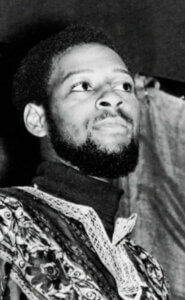
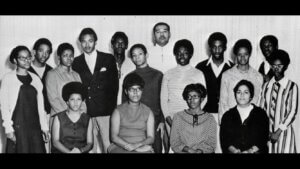
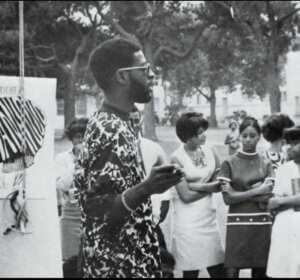
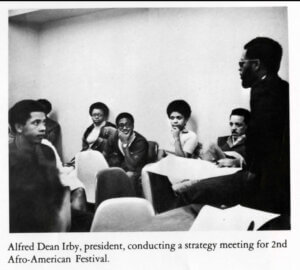
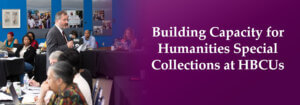
The HBCU Library Alliance works to transform and strengthen its membership by developing leaders, preserving collections and planning for the future.
Transforming for Tomorrow while Preserving the Past.
The HBCU Library Alliance is a consortium that supports the collaboration of information professionals dedicated to providing an array of resources designed to strengthen Historically Black Colleges and Universities and their constituents.
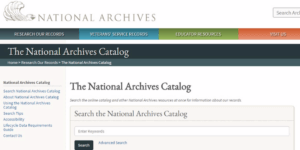
Using Archives for Research Videos
Archival Research Tips
Connecting Archival Research and the Classroom
Collecting and Using Archival Data
Use secondary data & archival material
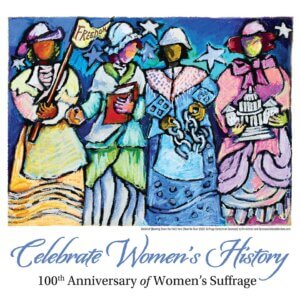
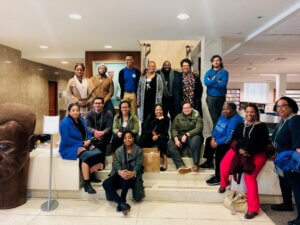
Smithsonian NMAAHC Visit to the Dillard University Library and Archives
with DU Prof. Zella Palmer,
DU Archivist John Kennedy and
DU Historian Malik Bartholomew_02212020
DU FYS 101 Class in Library ILI Classroom: History of Dillard University
with Malik Bartholomew, John Kennedy and Beverly Harris_101519
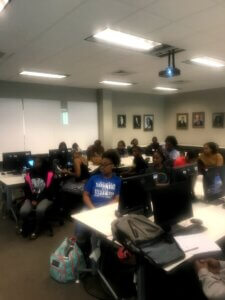
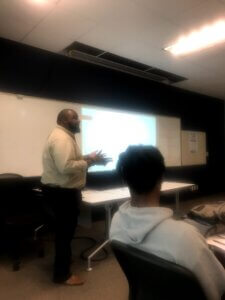
John Kennedy, DU Archivist and Malik Bartholomew, DU Historian,
Conducting Archives Session with UNO’s Black Health Care History Class_100219
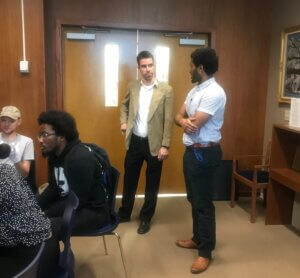
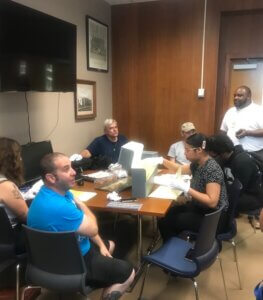
DU Library and Archives Host SOAR Week #DU2023_081519
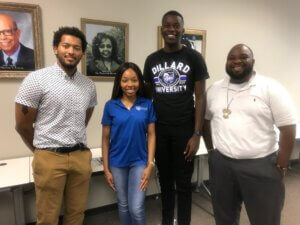
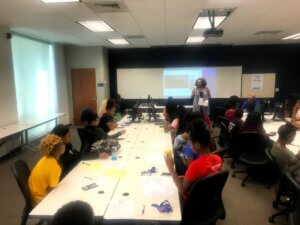
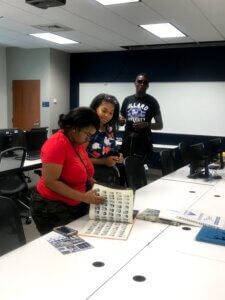
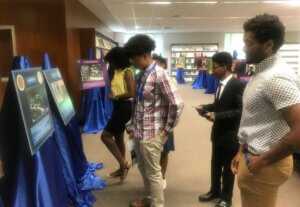
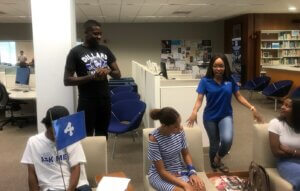
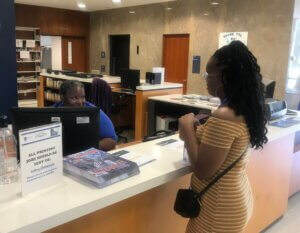
DU Counseling Services Presentation by Ms. Sherile S. Watts LPC, Division of DU Student Success, to Cynthia Charles FYS 101 Class in the DU Library_090319

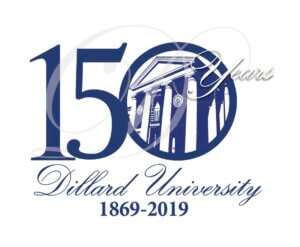
Featuring John Kennedy, DU Archivist, and Malik Bartholomew, DU Historian
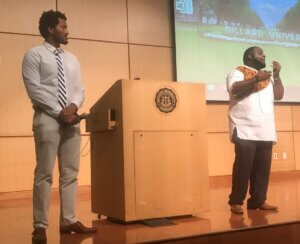
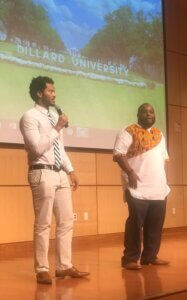
Dillard University Celebrates 150 Years
Hosted by WDSU News Anchor, Christina Watkins, the hour-long special explores the rich history of Dillard University. Known as “The Jewel of Gentilly,” Dillard is one of the country’s oldest HBCUs and a staple of New Orleans for 150 years.
Through exclusive interviews with administrators, educators and alumni, WDSU News’ special presentation, Chronicle: Dillard Celebrating 150 Years and Beyond, takes an in-depth look at the university’s very beginnings, its greatest triumph to return after Katrina, and how its alumni are impacting our region, state, country and beyond.
“Dillard University is a cornerstone of New Orleans and an inspiration for education,” said WDSU President and General Manager Joel Vilmenay. “Built to provide African Americans with opportunities to grow, Dillard’s mission remains as relevant today as when it began and WDSU is proud to join in their celebration of 150 years of excellence.”
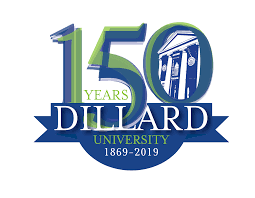
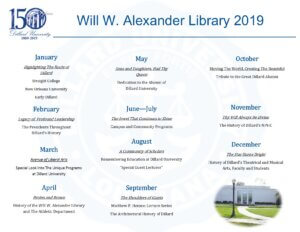
DU Library Archivist, John Kennedy, on Fair Dillard’s
YouTube Channel Sharing #DU150 Facts
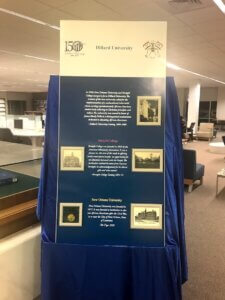
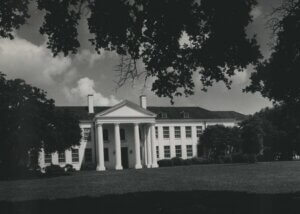
Click Here to Learn More About Our Brief History of Dillard University
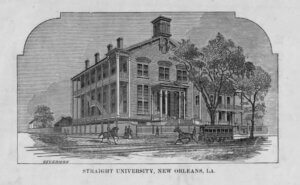
Social Media
Dillard University Publications
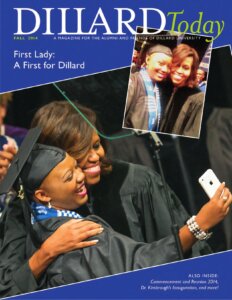
Dillard Today University Newsroom
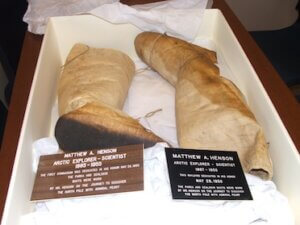
Photo: The Henson Artifacts are the snowshoes, parka and sealskin boots
worn by Matthew Henson on his voyage to the North Pole in 1909.
Matthew Alexander Henson (August 8, 1866 – March 9, 1955) was the first African-American Arctic explorer, an associate of Robert Peary on seven voyages over a period of nearly 23 years. They made six voyages and spent a total of 18 years in expeditions. Henson served as a navigator and craftsman, traded with Inuit and learned their language, and was known as Peary’s “first man” for these arduous travels.
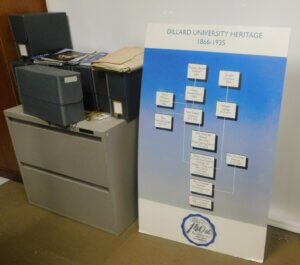
MISSION
The mission of the Archives and Special Collections is to support the University in all endeavors of producing a quality educational experience. As the repository for primary documents and artifacts of enduring value to the University, we are to preserve and protect all materials under the archives care and supervision. We are to provide regulated and efficient access to materials for the University community and researchers. To that end, we:
RULES
HOURS OF OPERATION
Monday-Thursday 9 a.m. – 6 p.m.
Friday 8 a.m. – 5 p.m.
***Closed weekends and holidays***
The Archives are available by appointment. It is recommended that visitors call or email for an appointment.
CONTACT
Mr. John Kennedy, Archivist
Phone: (504) 816-4960
Main Desk: (504) 816-4786
Email: jkennedy@dillard.edu
Email: archives@dillard.edu
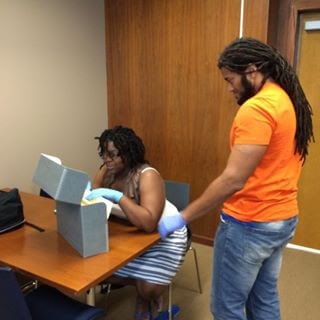
Pygmy’s head 1963 (African mahogany)
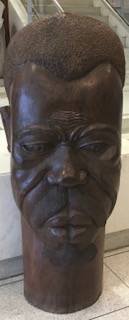
Carved in one piece from a mahogany tree felled in Kinshasa, Zaire (formerly called Leopoldville, Congo) in West Africa. The sculptor (nicknamed “the Frog,” because he moves around by sliding on his hindquarters due to his under-developed legs) along with the male members of his immediate family, hacked out this superb carving of a pygmy’s head, face, and neck using only their native axes, crude chisels, machetes, and hand-made knives. All finishing was done without sandpaper, paid stain, varnish or shellac. Select stones serve as abrasives and the only polish used was a can of brown shoe polish. It was carved in 1963. Most of the carving and finishing work was done in a quarter of Kinshasa named Cite Sector.
Donated to the Dillard University Library by: Preston and Rosa Edwards
December 2017
Dr. Samuel DuBois Cook, Dillard University President 1974-1997
Founders’ Day Exhibit in the Dillard University Library
October 22, 2017
Dr. Samuel DuBois Cook led Dillard University for 23 years. Within those years, Dr. Cook exemplified a nurturing spirit that sought to help Dillard University’s students excel in academic excellence and appreciation for culture. More information about Dr. Cook can be found here
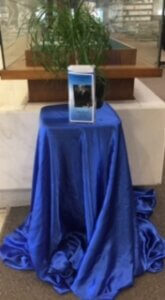
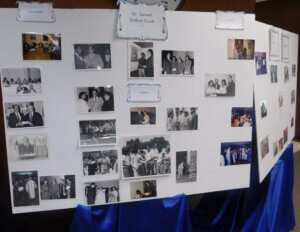
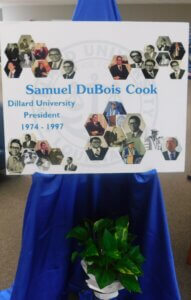
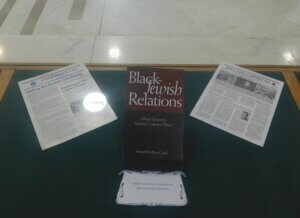
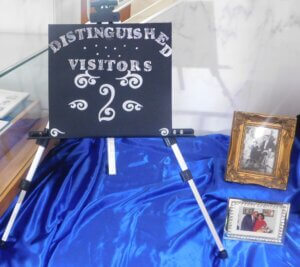
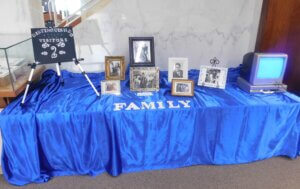
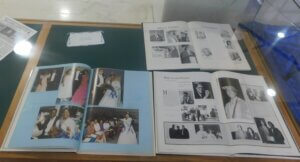
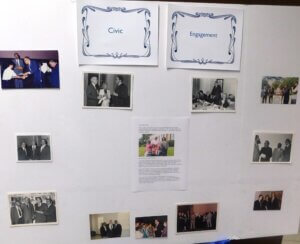
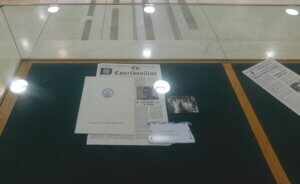
In honor of the Dillard University Golden Graduates of 1968, our Archivist, Mr. John Kennedy, created these awesome panels of pictures! Please visit the DU Alumni House to view the panels in person!
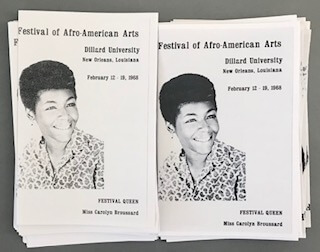
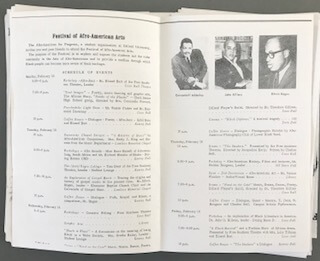
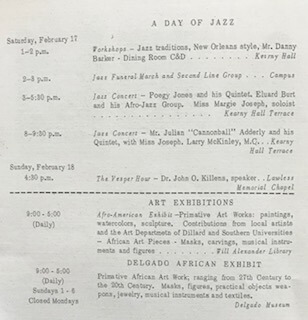
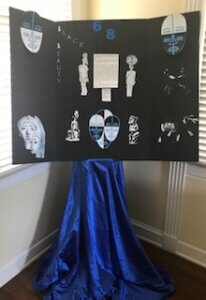
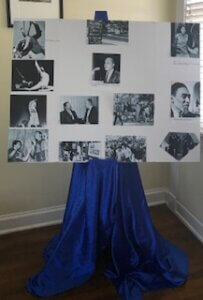
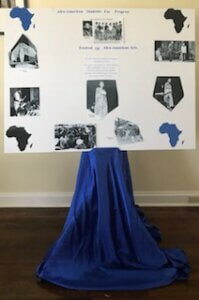
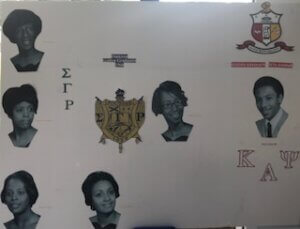
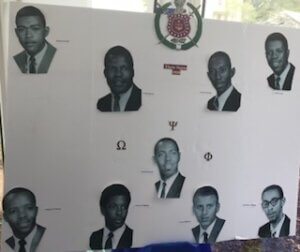
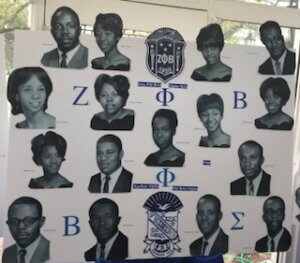
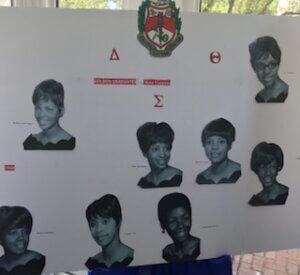
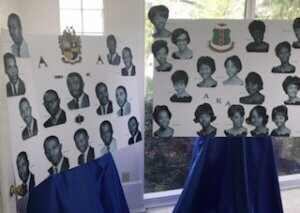
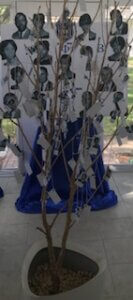
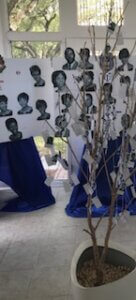

By recording, preserving and sharing the life stories of thousands of African Americans, from President Barack Obama to the oldest living black cowboy, The HistoryMakers is a leader in helping to educate and enlighten millions worldwide through refashioning a more inclusive record of American history.
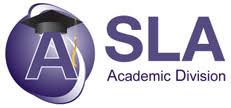
DU Library Archives List of Special Collections
© 2023 – All Rights Reserved